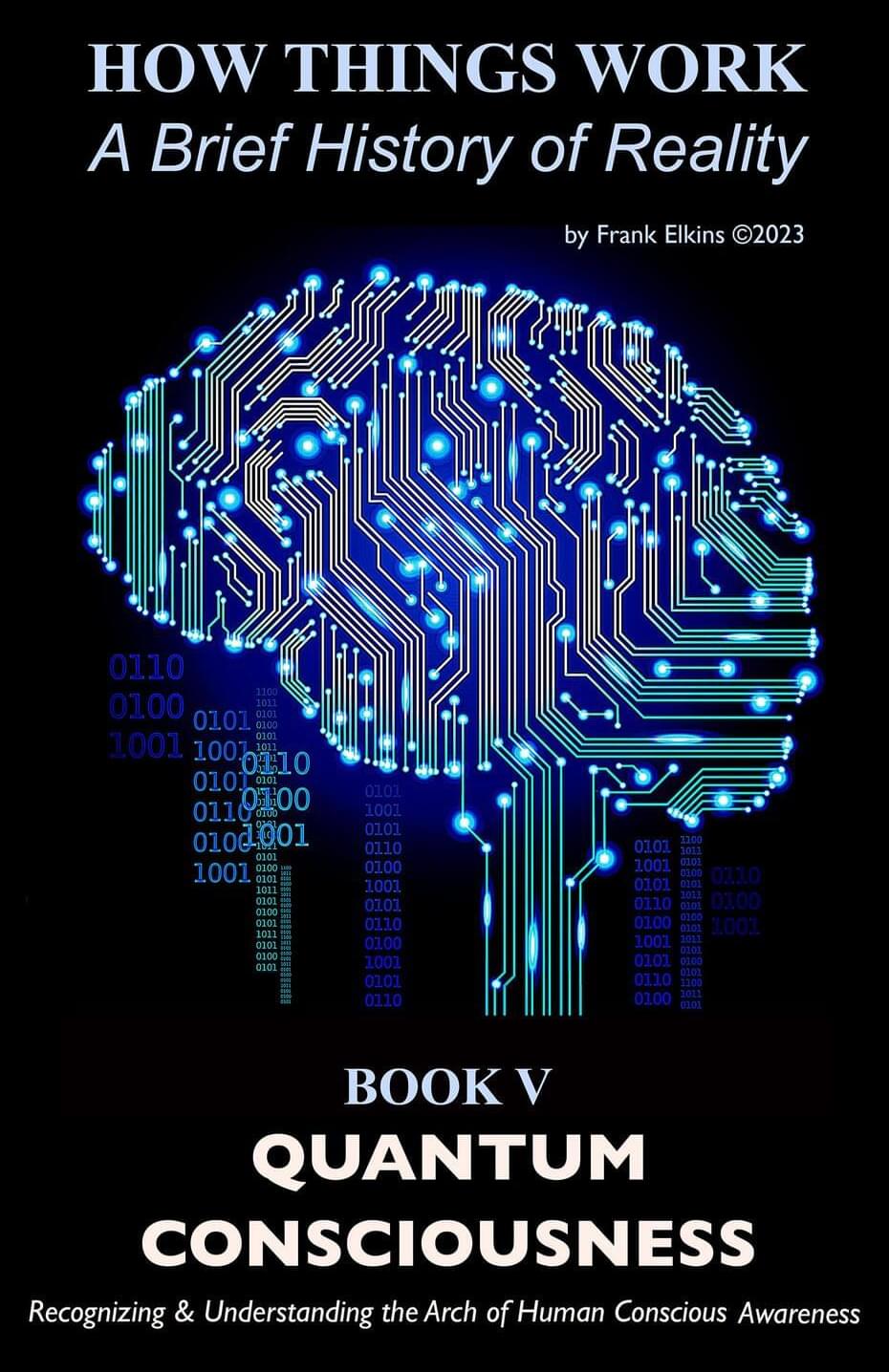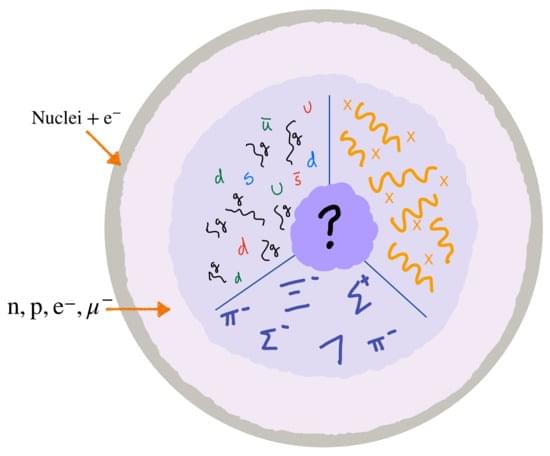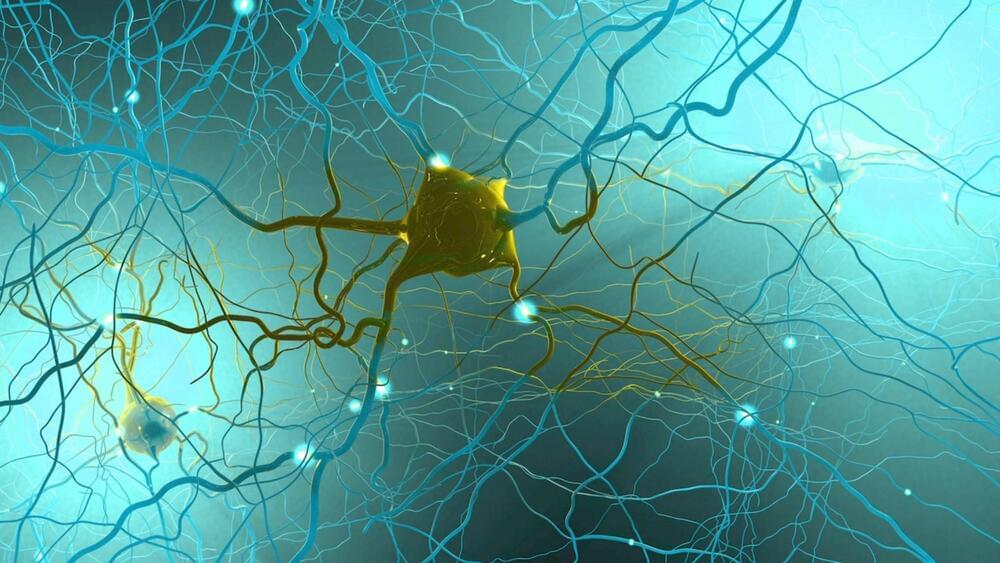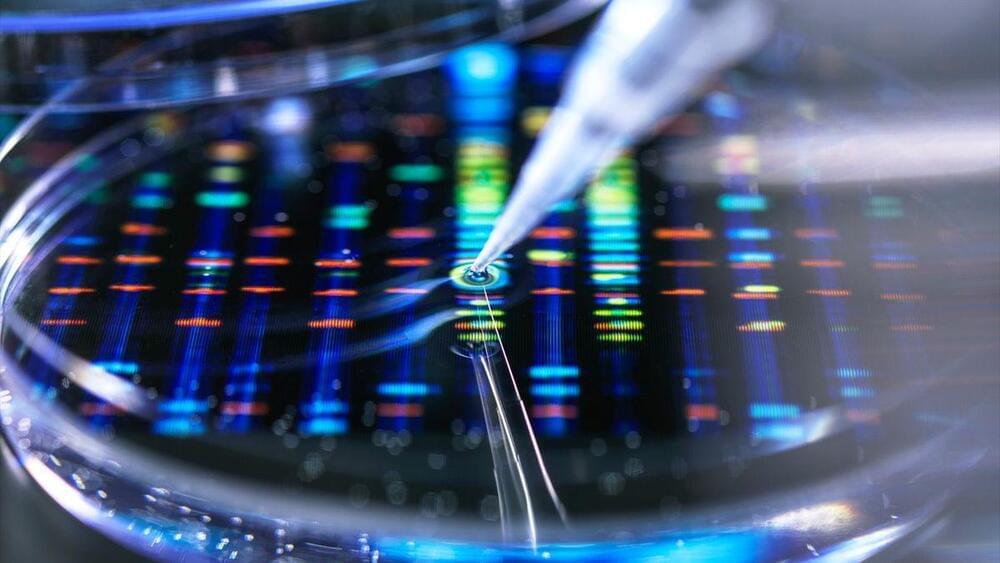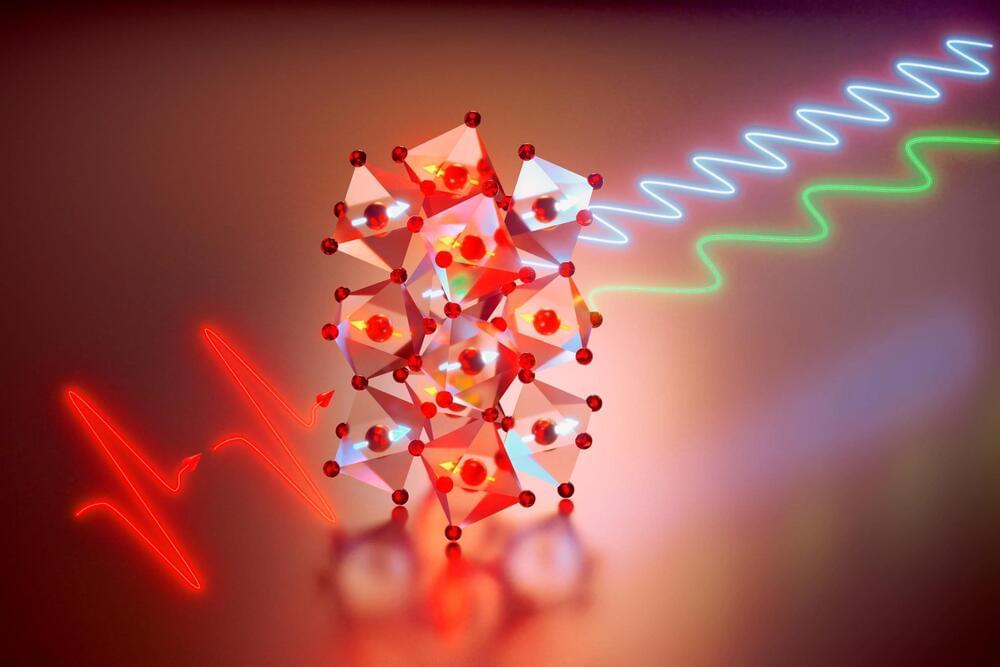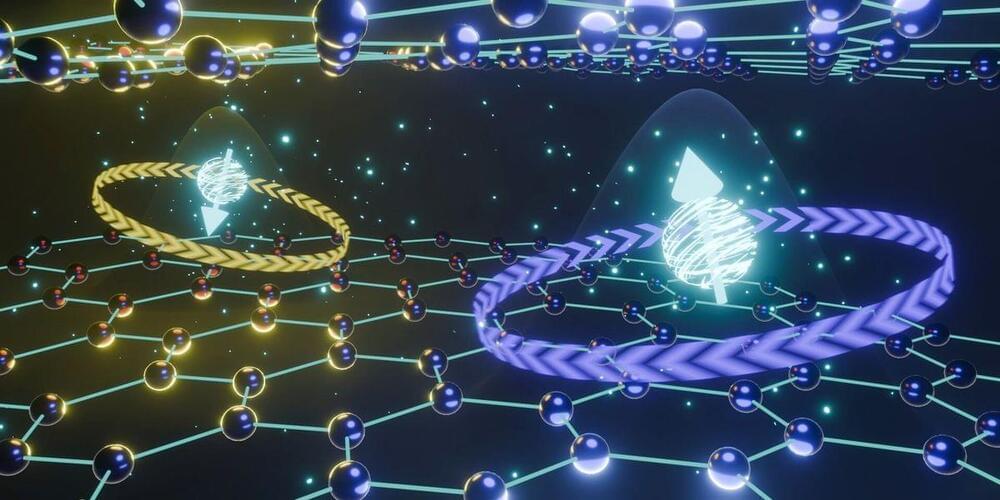A team of researchers has created the first functional 3D-printed brain tissue to examine the brain’s function and study various neurological disorders.
The first functional 3D-printed brain tissue has been developed to examine the human brain’s function and study various neurological disorders.
According to experts at the University of Wisconsin-Madison, printed tissue can “grow and function like typical brain tissue.”
This 3D-printed brain model might be useful in studying various neurological and neurodevelopmental problems, including Alzheimer’s and Parkinson’s disease.

